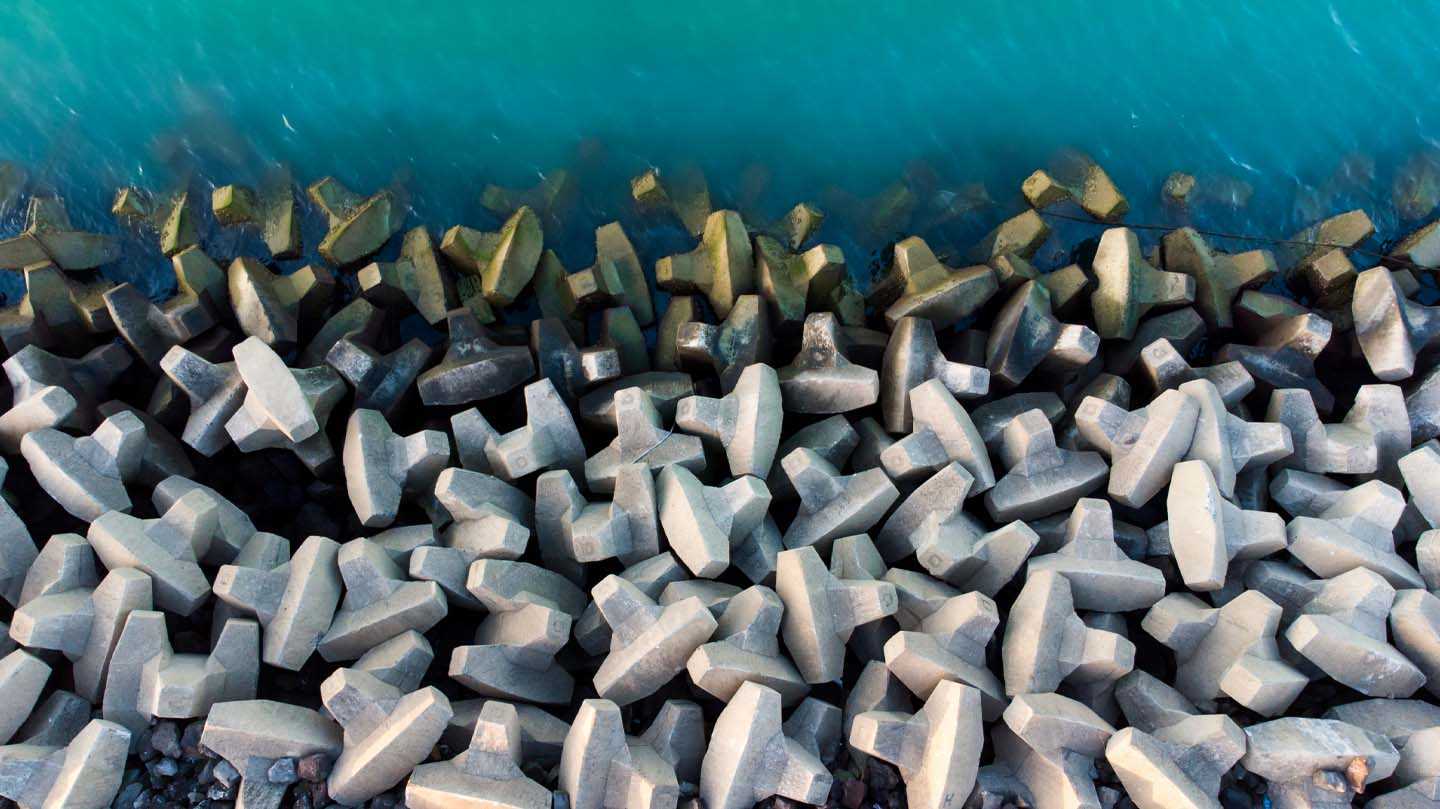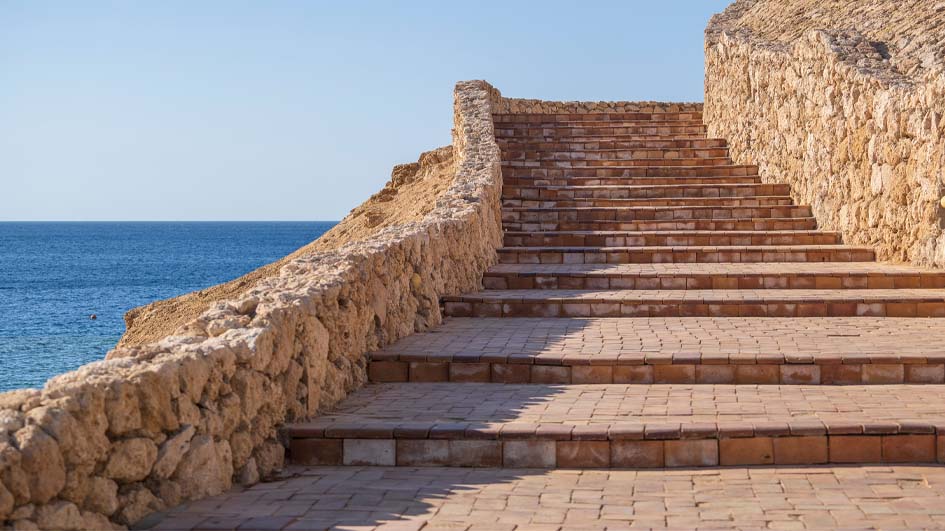We use first and third-party cookies for analytical and statistical purposes and to show you personalised advertisements based on a profile compiled from your browsing habits (e.g. pages visited). For more information, click on our Cookie Policy. You can accept all cookies by pressing 'Accept', you can reject all cookies by pressing 'Reject', or you can customize your choice by pressing 'Manage'.
The shipbuilding industry now has its PERTE project: its big opportunity.

The European Next Generation funds are an opportunity for an industry that has suffered greatly during the pandemic and in which activity came to a standstill for months. The shipbuilding industry's Strategic Project for the Recovery and Economic Transformation (PERTE) was approved by the Council of Ministers on 15 March 2022. It consists of 310 million euros of public aid, which is expected to mobilise a further 1.15 billion euros of private investment.
The main objective is to increase the competitiveness of the Spanish shipbuilding industry by 15% and achieve an annual growth rate of 9% for the sector, contributing to the creation of 3,100 new jobs. According to the specifications of the project, it is expected to have an impact of 5.3 billion euros on Gross Domestic Product (GDP).
We currently have the specifications of the PERTE, but the bases that will launch the different calls for applications, which in all likelihood will be very similar to the PERTE for the Electric and Connected Vehicle, are expected to be published by the end of May. Calls for applications will probably go out in June and the deadline for submitting projects will be in July. There will then be an implementation time frame of 30 months from the date of the resolution.
That's why it's so important to form consortiums and seek advice from experts like the FI Group, a specialist in European funds, with who Bankinter collaborates to provide advice and process applications from Spanish companies.

What are the aims of the shipbuilding PERTE project?
- Industrial autonomy: boost the national industry to make it more competitive, with a new model for cooperation throughout the entire chain of value.
- Diversify the shipbuilding industry towards offshore wind and low-emission ships.
- Digitisation of the industry throughout the chain of value.
- Sustainability: a more decarbonised, circular shipbuilding industry that promotes the reuse, recycling and proper treatment of waste.
- Training: better training for workers, which also results in greater equality and territorial cohesion.
PERTE is divided into two major actions: projects that transform the chain of value (provided with 230 million of public funds and 830 million of private investment) and facilitating measures.
The facilitating measures (80 million euros in public funds over 4 years, from 2022 to 2025, with a further 320 million euros in private contributions expected) encompass the existing framework of aid and regulations that promote the objectives of the PERTE project, in particular Royal Decree 1071/2021, of 7 December, regulating the granting of aid to the shipbuilding sector in the field of research and development and innovation.
All these measures are in addition to the other PERTE projects with which the shipbuilding industry has synergies, such as Renewable Energies, Renewable Hydrogen and Storage (ERHA).
We will spare no efforts when it comes to transformative projects, the most interesting factor in terms of major long-term projects for the sector.
Transformative projects: in consortiums and competitive tenders
These are large, transformative and multi-year projects in which industrial consortiums will participate. They are structured around a seed project, provided with a minimum of 20 million euros, based on which the different primary plans are then launched.
- They are endowed with 200 million of public investment and are expected to mobilise 800 million of private investment.
- Managed by the Ministry of Industry, Commerce and Tourism (MITECO).
- It will include non-repayable aid (from European funds) and loans financed by MITECO.
- It will involve a competitive tender process and bids will be chosen in order of score and based on the budget.
- Each seed project must start from a minimum budget of 20 million euros.

What should each project include?
- At least one primary project or performance for each of the mandatory blocks for this line of aid: diversification (innovation in the value chain), digitisation (digital transformation of the chain) and sustainability (circular economy, energy efficiency and improvement of the environment).
- A cross-cutting training plan and professional recycling. The expectation is that PERTE will certify nearly 5,000 employees.
There will also be a specific line of support for R&D&i and digitisation through the Science and Innovation Missions programme presented by the Centre for Industrial Technological Development (CDTI) at the Ministry of Science and Innovation. These specific missions for the shipbuilding sector will receive 30 million euros of public funds, which are expected to mobilise a further 30 million euros of private investment.
Projects are expected to be performed as part of these Missions, for example, for zero-emission ships, biofuels, renewable hydrogen, floating structures, sensorisation and connectivity or new manned and unmanned marine vehicles for inspection and installations. The first call for applications is expected to be launched in June.
The 3 blocks of the transformative project that require at least one mandatory primary project:
- Diversification. It aims to promote the collaboration of companies in different sectors, such as construction, shipbuilding and renewable marine energies, in addition to subsectors such as offshore wind power, current and wave energy or the generation of renewable hydrogen at sea. It is about incorporating the shipbuilding sector into the development of renewable energies.
- Digitalisation. These are the initiatives that pursue the digital transition throughout the entire value chain of the shipbuilding sector, through research, development and innovation projects.
- Sustainability. These consist of research, development and innovation projects, investments in environmental improvements or energy efficiency, which contribute to the reduction of greenhouse gas emissions, the circularity of activities, the reduction of waste and pollution and the improvement of energy efficiency.

What are consortiums?
- Business groupings must consist of at least six entities, one of which acts as the leader.
- 40% of these companies must be SMEs.
- There must be at least one company dedicated to R&D (as a partner, they cannot be a subcontractor). This does not necessarily have to be a university or technology centre, it can be, for example, an SME with an innovative capacity.
- The grouping does not have a legal personality, although there must be a signed agreement between the partners.
- They must be national in scope and the project must be present in 2 or more autonomous communities.
- Not all partners have to participate in every primary project that stems from the seed project.
What lessons have we already learned from other PERTE projects?
- It is important to identify the nature of project expenses. In the primary projects, it is essential to understand what expenses are planned, making it possible for us to direct them towards R&D&i, for example, or towards sustainability. If you have staff costs, it is better to go towards R&D&i, which allows them to be included.
- Priority must be given to projects that require ex ante certification. Anticipate these and put them on the calendar as they take time and have a cost.
- Check whether the projects being submitted, based on type of investment or way in which the bid is articulated, might be more suited to other financing instruments. This is why it is so important for experienced consultants to advise consortiums.
- Having a recognised knowledge entity capable of getting involved in the project from the outset. This is an essential requirement and cannot be outsourced; therefore, it should not be left to the last minute.

From the Spanish shipbuilding empire to the great wind army of the 21st century
Spanish shipyards are globally renowned. This is one of the oldest industries on the Iberian peninsula that made the Spanish dominance of the seas from the fifteenth century onwards possible and that invented the galleon, Spain's major contribution to the history of sailing. The first documented shipyard dates back to one millennium ago, when Bishop Diego Gelmírez built a number of shipyards in Iría Flavia to arm his great Compostela fleet.
In Spain, we have an advantage: the strength of the shipbuilding, steel and energy industries and ourleadership in onshore wind farms, ranking fifth worldwide behind only China, the United States, Germany and India. And we cannot forget that onshore wind power became the main source of electricity production in Spain in 2021, accounting for a 23.3% share in the national energy mix.
Spanish ships and oil platforms have set volume and technology milestones throughout the 20th century. However, the new demands of the industry require the construction of new ingenious resources, such as offshore wind farms, and a new generation of ships powered by renewable energies.
In 2020, Spanish industry invoiced 350 million euros in offshore wind projects. Spain mainly constructs supports and substations. Its customers include emblematic wind farms like Hywind Scotland and Kincardine, both in Scotland (United Kingdom), Windfloat Atlantic in Portugal, Wikinger in Germany or Saint Brieuc in France.
The shipbuilding industry: international leadership thanks to its versatility
The Spanish shipbuilding industry bills 7.5 billion euros per year and employs 70,000 highly skilled individuals. It is divided into around twenty shipyards with the capacity to build large ships (over 100 GT). Most are located in Galicia and the communities along the Cantabrian coast, Catalonia, the Valencian Community, Andalusia, the Balearic Islands and the Canary Islands.
The significance of the shipbuilding sector can be traced to the country's exports, but also to its strategic role in the economy, boosting international trade (60% of our exports depart from Spanish ports) and represent the backbone of the country thanks to its six thousand kilometres of coastline. The industry is often in the news on account of the iconic ships it is capable of launching for oil companies, shipping companies and armies around the world. 90% of its civil production is destined for export, with 50% of its production related to security and defence.
Our biggest customers, in addition to the EU, are shipowners from Norway, Mexico, Argentina and Greenland. We are the first European power and fourth in the world in construction of offshore ships and second in Europe and fifth in the world when it comes to the construction of fishing vessels. A floating fortress that is now receiving the aid in the form of European funds to diversify the products it supplies and become a world reference in terms of sustainability. To build on its status as a reference for innovation and its ability to adapt.
Information obtained from webinar entitled "Shipbuilding PERTE: modernisation and competitiveness for your company”" organised by Bankinter's CFO Forum. With the participation of:
- Emma Montserrat: European Union Fund Manager and Deputy Assistant Managing Director at Bankinter.
- Aurora Asorey: Head of Industry and Transport at FI Group.

